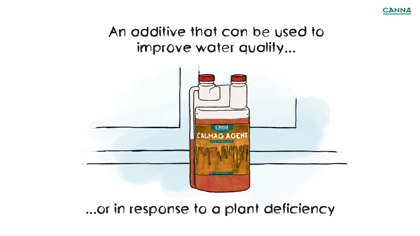Why Your Grow Room Needs a Reverse Osmosis System

A reverse osmosis system is an essential piece of equipment for any grower. It helps remove impurities from your water supply so you can enjoy healthier plants.
What is Reverse Osmosis?
Reverse osmosis (RO) is a process that uses pressure to force water through a membrane. The membrane allows only pure water to pass through while retaining all other impurities in the water. This method removes many contaminants from drinking water, including chlorine, heavy metals, pesticides, herbicides, bacteria, viruses and even pharmaceutical drugs.
What is a Reverse Osmosis System?
A reverse osmosis system consists of two main parts: a filtration unit and a pump. The filtration unit contains a semi-permeable membrane that filters out contaminants from the water. The pump forces the contaminated water through the membrane. Once the water passes through, it flows into a storage tank where it can then be used.
Should I Install One?
If you live in an area with hard water, then installing a reverse osmosis system will help you save money on your water bill. Hard water has high levels of minerals such as calcium and magnesium that cause scale buildup inside pipes. This buildup can lead to costly repairs and damage to plumbing fixtures.
Conventional filters are another option; they use activated carbon to remove contaminants from water. These filters are inexpensive, but they only work well when there aren’t too many contaminants present. Reverse osmosis systems remove more contaminants than other water filtration methods, making them ideal for growers who want to maintain high levels of purity in their water. They also require less power to operate than other filtration methods whilst producing less waste than conventional filters.
A Helping Hand for Your Nutes
Purifying your water through RO will also help your base nutrients work better and prevent nutrient lockout (an issue where plants are unable to absorb the nutrients they need to flourish).
When using RO water, be sure to supplement with Cal Mag to replenish some of the lost calcium and magnesium.

